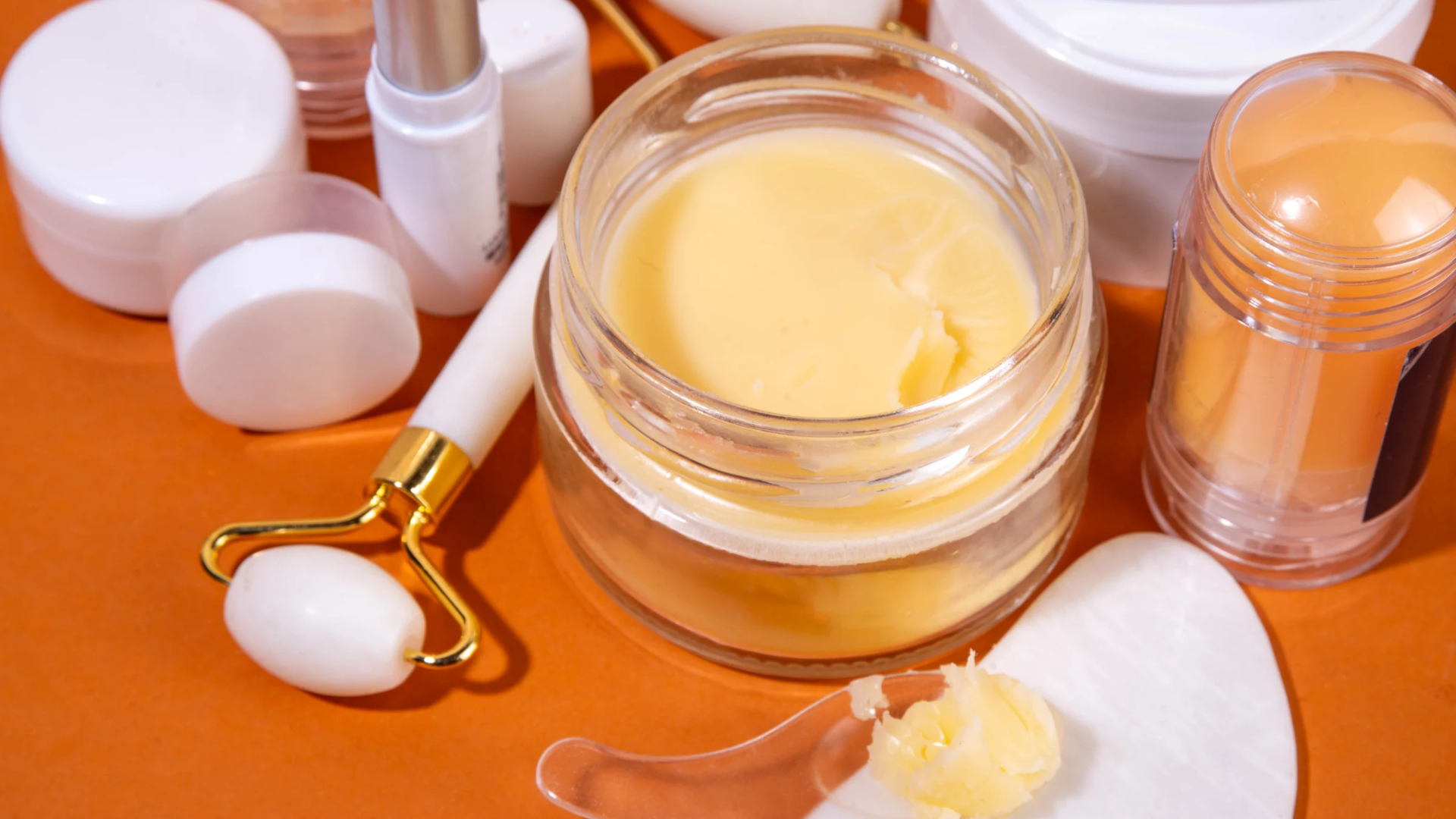Beef Tallow in Skincare Products: Pros, Cons, and Why It's Trending on Instagram
If you’ve been scrolling Instagram lately, you’ve likely seen influencers slathering beef tallow on their faces with glowing reviews. From DIY balm recipes to “tallow changed my skin barrier” reels, this once-forgotten skincare ingredient is making a bold comeback.
But does beef fat really belong in your skincare routine - or is this just another overhyped trend?
At Naples Dermatology, we’ve noticed more and more patients asking about tallow-based products. Here’s what you need to know about the Instagram-fueled craze and whether it’s actually beneficial for your skin - especially here in Florida.
Why Instagram Loves It
Beef tallow has found a cult following in the natural skincare and ancestral wellness communities. On Instagram, the trend is being driven by:
“Back to basics” influencers embracing traditional, non-toxic products
DIY tutorials showing how to render beef fat into balm
Bold claims about healing eczema, rosacea, or dry, inflamed skin
Trending hashtags like #tallowskincare, #tallowbalm, and #naturalmoisturizer
The visuals are compelling - glass skin, minimal packaging, and heartfelt before-and-afters. But as dermatologists, we’re here to cut through the filter and offer the facts.
The Pros of Beef Tallow in Skincare
Deep Moisture
Beef tallow is rich in fatty acids like oleic acid and stearic acid, which mimic the structure of human sebum. It creates a strong barrier to lock in hydration, making it helpful for very dry skin.
Nutrient-Rich
When sourced from grass-fed cows, tallow contains skin-supporting vitamins A, D, E, and K - all important for repair and elasticity.
Minimal Ingredients
Most tallow balms are simple - no preservatives, fragrances, or stabilizers. That can be a win for people with sensitive or allergy-prone skin.
Anecdotal Benefits
Many people report that tallow soothes:
Post-sun dryness
Eczema or irritation
Skin barrier damage from over-exfoliation or harsh products
The Cons (and What to Watch Out For)
Clogged Pores
Tallow is very occlusive. It can trap oil and bacteria, especially in Florida’s humid climate. Not ideal for oily or acne-prone skin.
Not Regulated Like Mainstream Skincare
Small-batch tallow balms sold online or made at home vary in quality, pH, and cleanliness. There's no oversight.
No SPF
Tallow offers zero sun protection. In Florida, it’s critical to use daily broad-spectrum SPF, especially on the face.
Dermatologist Perspective: When to Try (and When to Skip)
You might consider trying tallow if:
Your skin is dry, flaky, or irritated
You want a simple, natural balm for hands, feet, or body
You’ve already patch-tested and tolerated it well
You should avoid it if:
You’re acne-prone, rosacea-prone, or oily
You need a lightweight daytime product
You prefer evidence-backed, regulated ingredients
Better-for-Florida Alternatives
If you want deep moisture without the downsides, try:
CeraVe Healing Ointment
Vanicream Moisturizing Cream
La Roche-Posay Cicaplast Baume B5
Aquaphor for post-treatment or very dry skin
All are fragrance-free, dermatologist-tested, and better suited for Florida weather.
Natural doesn’t always mean better - but curiosity is healthy. If you're drawn to beef tallow because you're tired of overcomplicated routines, we get it.
Our advice?
Make informed choices. And when in doubt, ask your dermatologist.
We’ll help you build a routine that’s simple, effective, and suited for your skin type, lifestyle, and the realities of living in Florida.
Thinking about switching up your skincare? Schedule a consultation with our Naples dermatology team. We’ll help you sort out the trends from the treatments & so your skin stays healthy and protected.

